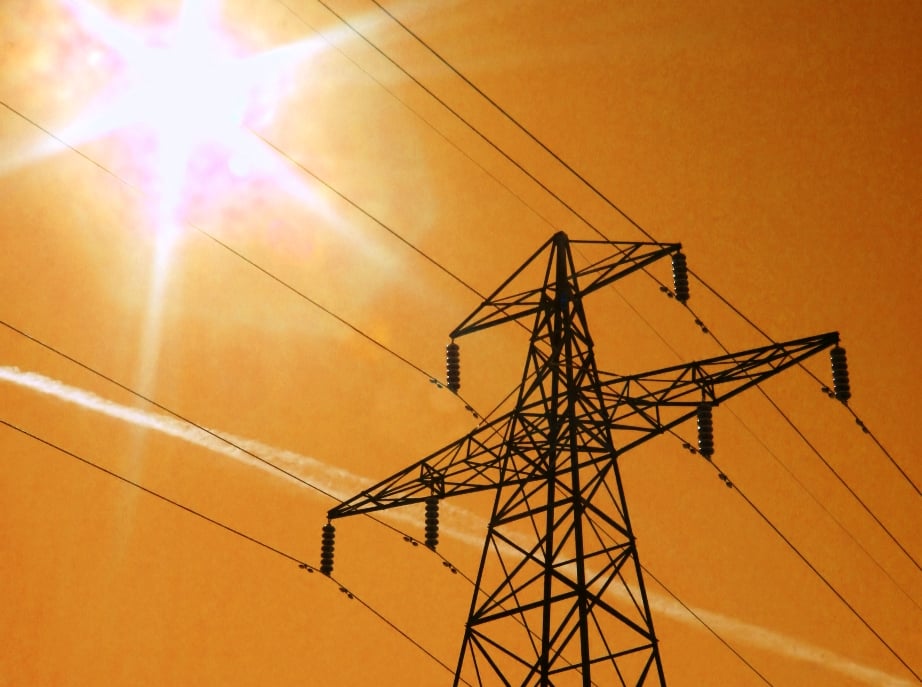
The government is planning to involve the World Bank in unlocking the untapped hydropower potential of Gilgit-Baltistan (G-B) – somewhere close to 42,000 megawatts (MW), according to one report – in order to overcome the energy crisis.
A high-level meeting to discuss the matter was held in Islamabad on Tuesday, attended by representatives of WB, International Finance Corporation (IFC), water and power ministry and the G-B administration.
A top government official, who was part of the meeting, told The Express Tribune that as many as 220 potential sites for hydropower production in G-B had been identified. He said that WB and IFC representatives agreed to visit these sites in March.

“These sites have the potential to generate cheap and clean energy the capacity of which varies from 5MW to 500MW from site to site,” the official said.
He added that the WB and IFC will link independent power producers (IPPs) to invest in the hydropower sector, while the government will facilitate private investors.
He added that the WB will also assist Pakistan in developing a mechanism to connect power generation in the region to the national grid.
Currently, electricity generation in the region is not linked to the national grid and any production of energy in the region without linking it to the national grid is pointless.
“We will work on linking the region with the national grid so that even electricity from smaller projects can be transmitted,” the official said.
This initiative by the government to work on small projects is different from the two major power plans – the 45,000MW Diamer-Bhasha Dam and the 7,000MW Bunji Dam – on which work has already been started.
“This will not only generate cheap electricity, but also revenue for G-B, reducing the area’s dependency on grants from the federal government,” he added.
Earlier in 2011, a joint study report by WB, ADB, Aga Khan Development Network and G-B government had identified that G-B can contribute 42,000MW to the national grid. The ‘Gilgit-Baltistan Economic Report: Broadening the Transformation’ was presented in 2011 and plans are under way to work on the projects by attracting private investors.
Published in The Express Tribune, January 8th, 2014.




1732626034-0/BeFunky-collage-(92)1732626034-0-165x106.webp)




1732621030-0/Express-Tribune-(7)1732621030-0-270x192.webp)
1732622842-0/Express-Tribune-(9)1732622842-0-270x192.webp)






COMMENTS
Comments are moderated and generally will be posted if they are on-topic and not abusive.
For more information, please see our Comments FAQ